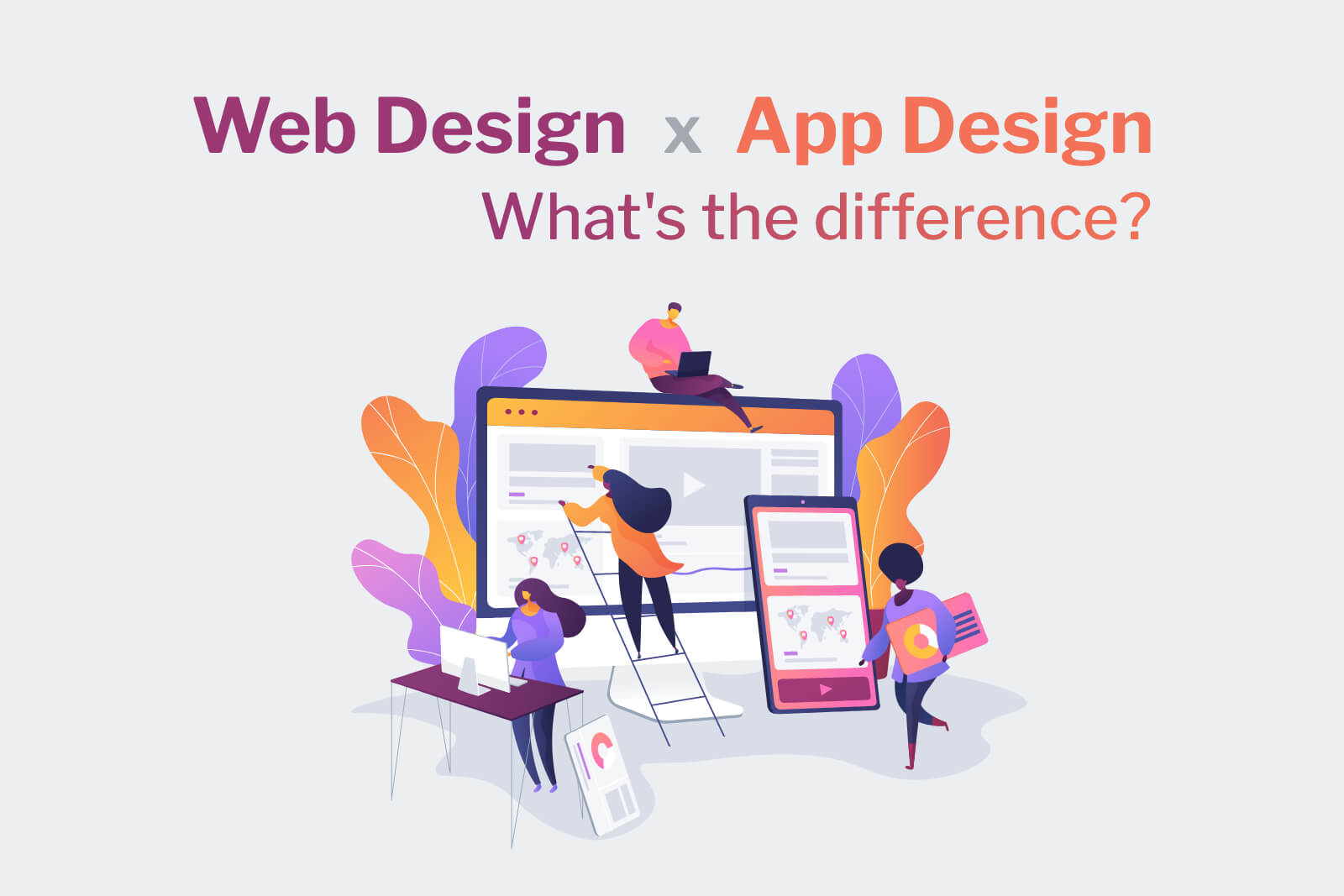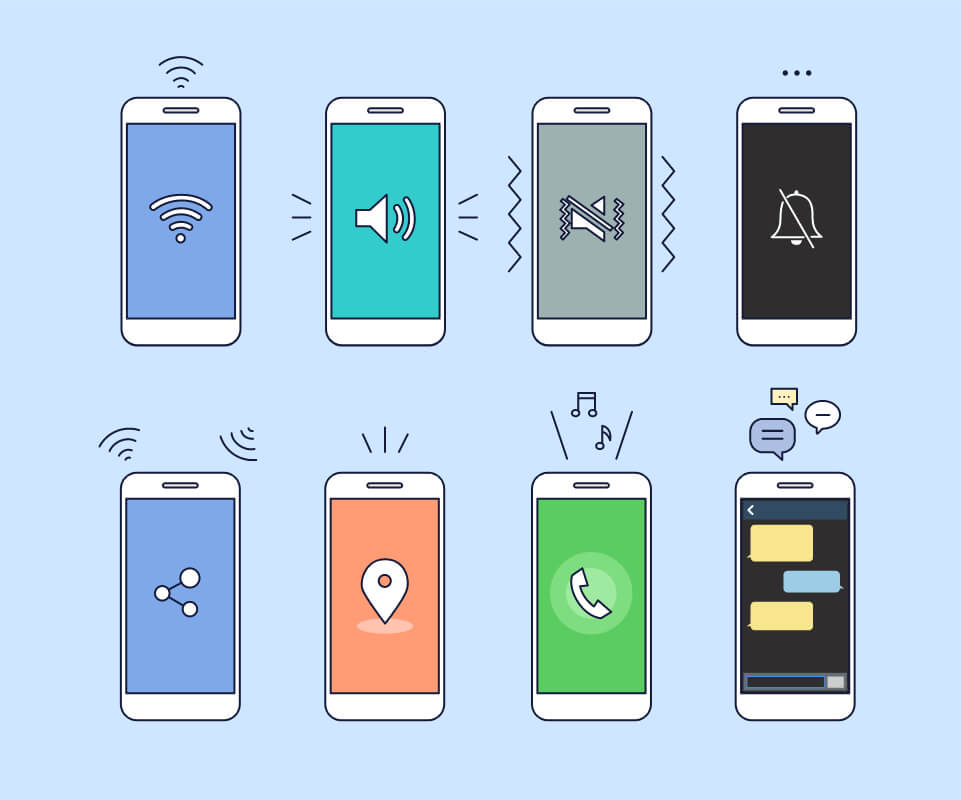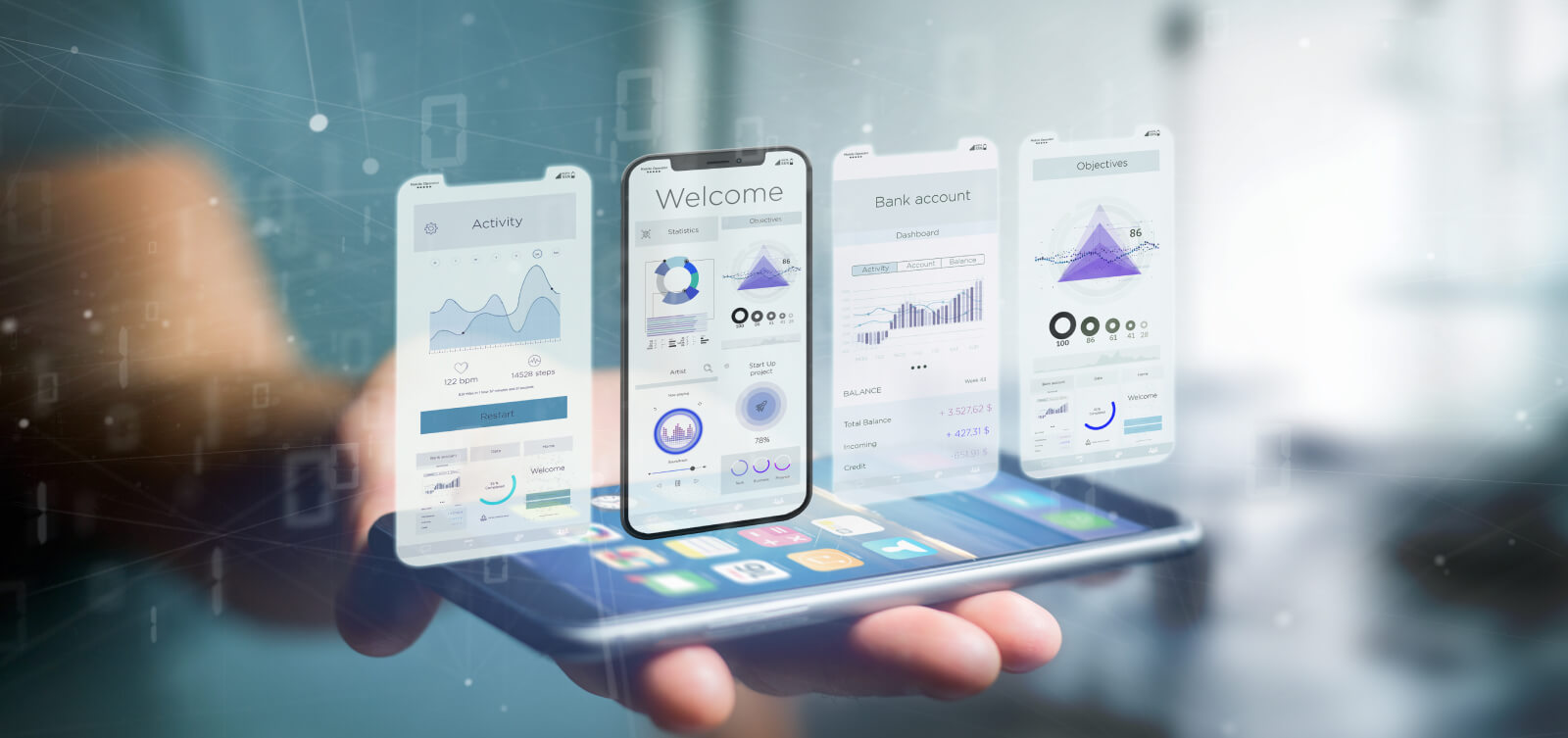Edit: From 1 April 23, PSG has been reduced to 50% for all sectors.

The process of designing web apps or websites is different from mobile app design. Designing websites and apps the same way can significantly impact their functionality and overall user experience. These two platforms target different devices and audiences, so they should be designed differently.
In this article, we will share the key differences between web design and app design. Our discussion will mainly focus on the different choices that have to be made when considering some of the crucial design factors. Without wasting any more of your time, let’s jump right in!
1) The computing power of the target devices
Most people prefer to access web applications and websites on desktop computers despite the increasing popularity of smartphones. Web apps can be designed with lots of powerful features to take full advantage of the computing resources on desktops. On the other hand, mobile apps mainly target smartphones.
Smartphones have become more powerful in the last couple of years, but their computing power is nowhere near full-size desktop computers. It is crucial to strip down some features when designing mobile apps to make them suit the computing capabilities of smartphones, especially the low-end ones.
2) Unique features of the target devices

Smartphones have several unique features that are hard or impossible to replicate on full-size computers. For instance, most phones today come with haptic motors for generating haptic feedback when interacting with certain UI elements.
Apps can utilize this feature to give users a better experience. Mobile apps are also designed to be touch-first, whereas websites are designed to accept inputs from several devices, including the touchpad, touchscreen, and keyboard.
3) Usage behavior
People who go to websites and web apps mainly use their full-size computers when seated somewhere and can take some time to go through the content. Tasks like researching and writing are usually done on full-size computers.
On the other hand, mobile apps are mainly used to quickly access certain information or features on the go. So, when designing a mobile app, it is important to make it easier for users to quickly access the tools and information they need.
4) Content layout

The way content is displayed on websites should be different from mobile apps. This is mainly due to the screen size differences. Mobile apps should have a minimalistic design that prioritizes essential information and should include collapsible menus and widgets that can be clicked if one wants to access more information and features.
Final thoughts
Websites and apps usually serve the same fundamental purpose. However, the way users interact with apps and websites is generally different. This calls for designing these two platforms while thinking of how they will be used and the devices your target audience will use when interacting with them.
In an increasingly mobile society, all of eFusion Technology’s web design comes with mobile responsiveness too. Eligible companies can get up to 80% government funding for your e-commerce website building project. Contact us today to get started!

